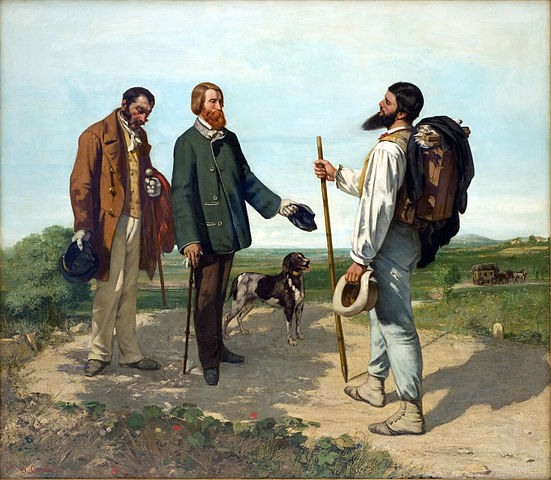Realism vs Naturalism
Realism and naturalism are often confused due to their similarities, yet they are two different artistic styles with varying meanings and concepts. Naturalism grew as a branch from realism and is therefore more expansive. To understand each term, it is important to consider them individually.
What is Realism?
Realism emerged around the mid-nineteenth century and continued into the late nineteenth and early twentieth century. As the name suggests, realism involves depicting life as it is in various works of art. Unlike romanticism, which often portrayed unrealistic situations, realism focused on illustrating life as it exists in reality in both literature and theater. A clear example of realism can be seen in theater, where actors perform stories that represent real life without the involvement of supernatural beings or other elements that do not exist in reality.
What is Naturalism?
Naturalism was prominent from around 1880 to the 1930s and is a form of realism. It also portrays life as it is in various creations but focuses more on explaining things scientifically. Naturalism delves into how science and technology impact society and how society and genetics influence an individual. In theater, naturalism seeks to make acting more natural and realistic, with actors behaving as they would in real life.
Key Takeaways
- Realism depicts life as it is in real life in works of fiction and theater, whereas naturalism is a form of realism that is more scientifically focused.
- Realism often concentrates on middle-class characters, while naturalism focuses on lower-class characters or those with poor education.
- Realism is generally more sympathetic in its approach to storytelling, making it more popular with audiences, whereas naturalism’s clinical approach is often less heartfelt or passionate.
